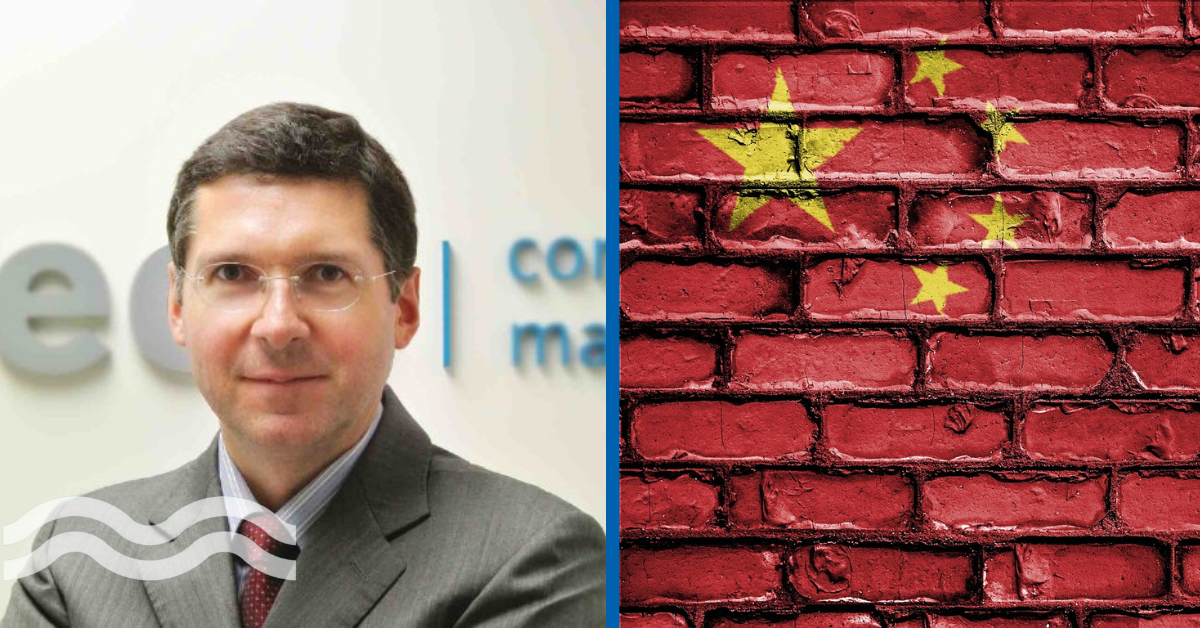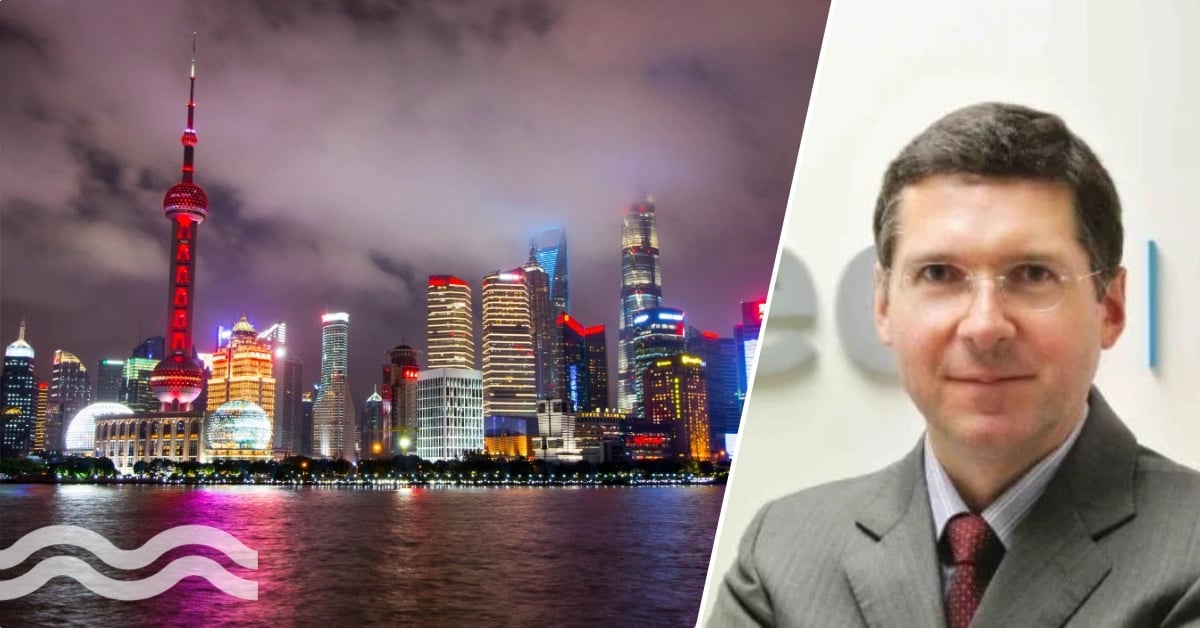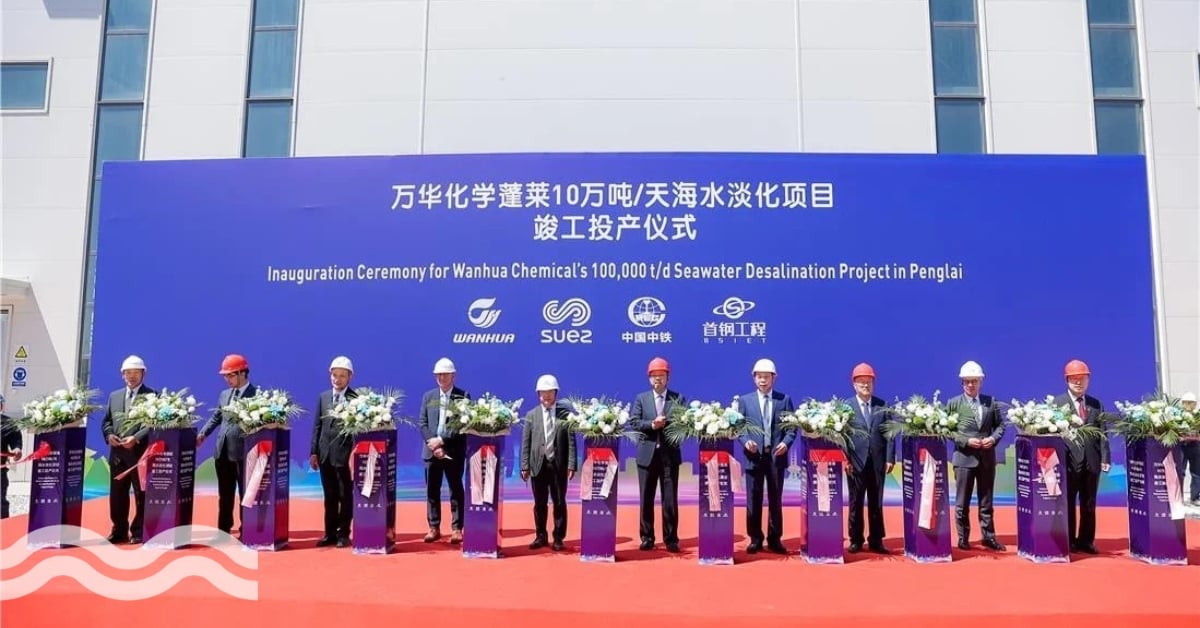Viewpoint: Bruno Lhopiteau on Digital Transformation in Asian Water Utilities

In the mid-90s I was implementing computerized maintenance management systems across Southeast Asia. The technology was already well accepted by public infrastructures in the region, including water companies. When I made the move to China in 1999, which was arguably lagging back then, my colleagues were dubious, to say the least.
I initially worked only on power generation and urban transportation projects, then prioritised by the authorities. It was in 2004 when I founded by own firm to focus on what I thought would become an emerging market: environmental utilities.
I spent a few thankless years talking to water enterprises who were clearly not interested in digital solutions and even less in improving maintenance. Equipment was redundant and operations simple. There was no pressure to improve and labour costs were extremely low. Skills were also equally low: I was told everywhere that workers would never be able to understand our technology. And, of course, there was no money.
China’s rapid urbanization
As everyone knows, everything changed in the following years. China’s fast urbanization went from 30-60 per cent in 20 years, coupled with industrialisation, increasing technical sophistication and aggressive regulatory changes. Collectively, this resulted in tremendous management challenges.
Digital transformation became a hot topic, actively promoted by government ministries striving to improve work practices and efficiency. Among public infrastructures, the water sector was perhaps the last to be impacted, but it finally happened.
Unburdened by established maintenance practices, without legacy software infrastructure, Chinese water companies offered a blank page and became rather successful in using IT to tackle their organisation needs.
Foreign water companies, at the time very active in the local market were early adopters and acted as models. However, most have withdrawn in the past decade leaving only the two French giants and a much smaller Singaporean player. Their Chinese joint-venture partners and counterparts proved to be good students and grew to dominate the development and usage of IT.
China’s rapid urbanization
By 2020, China had become a digital water powerhouse.
My firm’s work in mainland China during those developing years brought us to Hong Kong. In nearby Zhongshan city, water company technicians were using mobile apps and managers conducted real-time analysis on digital dashboards. In 2015, the Special Administrative Region, despite or perhaps due to its head start compared to mainland, was still relying on paper forms.
Sophisticated IT systems were used in the back office for administrative purposes, but actual work and decision processes remained manual.
In Zhongshan on the other hand, the regulation-driven solution we had implemented helped to systematically identify the root causes of water quality problems, to trace corrective and preventive actions and to demonstrate compliance. When Zhongshan Water started to venture elsewhere in China on PPP projects, they continued to apply our Smart O&M solution.
As space-constrained Hong Kong committed to carbon neutrality before 2050, requiring more sophisticated and technically complex plants, local authorities mandated the usage of similar digital solutions. A good example would be the state-of-the-art Integrated Waste Management Facilities currently built by China Harbour and Keppel Seghers on an artificial island. The Smart O&M system integrates people and sensors to help meet ESG goals.
Water needs in South East Asia
In 2023 I returned to Southeast Asia, setting up offices in Singapore and Bangkok and touring the region with my team. It is fascinating how the needs of water clients in India, Thailand, Vietnam, and Indonesia resemble those of China 15 years ago. I hear again stories of uneducated workers and lack of acute maintenance needs, but new regulatory pressure is being felt.
Digital operation and maintenance (O&M) requirements started to appear in project tenders and the China experience became recognised and valued. Existing IT suppliers in those countries often lacked the necessary experience.
Indeed, they seem to operate on an outdated model, whereby IT is used to optimise manpower and cost. However, the need is elsewhere: how to use IT to enforce best practice and improve people skills. Time and direct cost control is secondary at best.
Does this open the door for Chinese suppliers? The answer is not so simple. For telecom-based applications, gathering data from sensors for supervision and control, Huawei and many lesser-known players have built impressive global capability.
Creating a global community
On the other hand, foreign firms with a long China experience, which are now part of the Chinese water ecosystem, occupy a privileged position to make the best of both worlds and assist Southeast Asian water companies. The two French giants are now able to utilize their historical strengths, sharpened in the Chinese market over multiple decades, including their digital service capability.
Specialised suppliers sharing a similar experience and are set to benefit. Within my own company, as we continue to support the top Chinese water companies and to expand in China, we have developed a significant business working directly with water projects overseas and joining forces with Chinese EPCs and sometimes Chinese investors for export projects.
Geopolitical challenges cannot be ignored, as decoupling and de-risking initiatives affect the perception of Chinese suppliers abroad. The Chinese experience is however too relevant to be ignored, not only in Southeast Asia but also in developing countries around the world.
All parties, Chinese, foreign firms with China experience and the target countries’ water operators, are set to benefit.
Indeed, declarations made during the Belt and Road Forum for International Cooperation, which celebrated the 10 years’ anniversary of this global initiative in Beijing in early October, all pointed in the same direction: sustainable, digitally enabled infrastructures, for “a global community of shared future for mankind”.
- Bruno Lhopiteau is a 25-year veteran of the Asian smart water market and managing director of Bluebee Technologies and Siveco China.


